What’s Non-Ferrous Metal? An In-Depth Guide
In the field of CNC machining, material corrosion, rust, and unwanted magnetism have become urgent problems that need to be solved. These problems not only lead to expensive repair costs, but also cause loss of productivity and pose a threat to safety. In order to meet these challenges, non-ferrous metals have become the key to providing lasting solutions.
Non-ferrous metals, as a category of metals that do not contain iron, have a series of unique advantages. They are generally highly corrosion-resistant and can effectively resist the erosion of the external environment; at the same time, non-ferrous metals are often lightweight and non-magnetic, which makes them perform well in a variety of application scenarios. Common non-ferrous metals such as aluminum, copper and zinc have been widely used in many industries such as aerospace, construction and electronics. Next, let’s further explore why non-ferrous metals can occupy an indispensable position in modern industry.
What Are Non-Ferrous Metals?
Non-ferrous metals are metals that do not contain iron as a principal component. Unlike ferrous metals, they are generally more resistant to corrosion and rust, making them ideal for environments exposed to moisture and chemicals. Non-ferrous metals are also non-magnetic, making them useful in electrical and electronic applications. These materials are often preferred for their lightweight nature, recyclability, and unique properties, making them essential in industries such as aerospace, automotive, construction, and electronics.
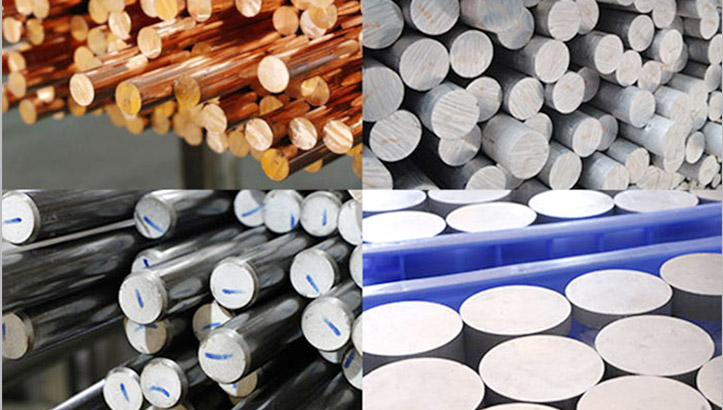
History of Non-Ferrous Metals
The use of non-ferrous metals dates back thousands of years, with ancient civilizations discovering the properties of copper and gold around 5,000 BC. The Bronze Age, around 3,000 BC, marked the beginning of the widespread use of non-ferrous metals when people learned to combine copper with tin to create bronze, a non-ferrous alloy. Throughout history, the development of new techniques for mining and processing non-ferrous metals has driven advances in technology and industrial growth, from the production of tools and weapons in ancient times to modern applications in electronics and infrastructure.
Common Properties of Non-Ferrous Metals
Non-ferrous metals exhibit several key properties that make them valuable in various applications:
High Corrosion and Rust Resistance:
One of the most defining features of non-ferrous metals is their high resistance to rust and corrosion. Because they don’t contain iron, they don’t oxidize in the same way ferrous metals do. This makes them ideal for use in outdoor environments, such as in marine, construction, or chemical industries where exposure to moisture and corrosive elements is common.
Non-Magnetic:
Non-ferrous metals are typically non-magnetic, which is an important property in electrical and electronic applications where magnetic interference must be avoided. Copper, for instance, is widely used in electrical wiring because of its excellent conductivity and non-magnetic nature.
Lightweight:
Non-ferrous metals like aluminum and titanium are much lighter than ferrous metals, making them ideal for applications where weight is a concern, such as in aerospace, transportation, and mobile technology.
Cost:
While non-ferrous metals can be more expensive than ferrous metals due to their availability and mining costs, their superior properties often justify the higher price in specific applications, especially where corrosion resistance, weight savings, or conductivity is critical.
Recyclability:
Non-ferrous metals are highly recyclable. Aluminum, copper, and lead can be recycled without degrading their properties, making them environmentally friendly and cost-effective over the long term.
Non-Ferrous Metal Examples
Some of the most commonly used non-ferrous metals include several key materials, each with unique properties and applications:
Aluminum: Renowned for its lightweight properties and exceptional corrosion resistance, aluminum is widely utilized in the manufacture of aircraft due to its ability to reduce fuel consumption and increase payload capacity. Its corrosion-resistant qualities also make it a popular choice for packaging materials, particularly in the food and beverage industry where it helps to preserve product freshness.
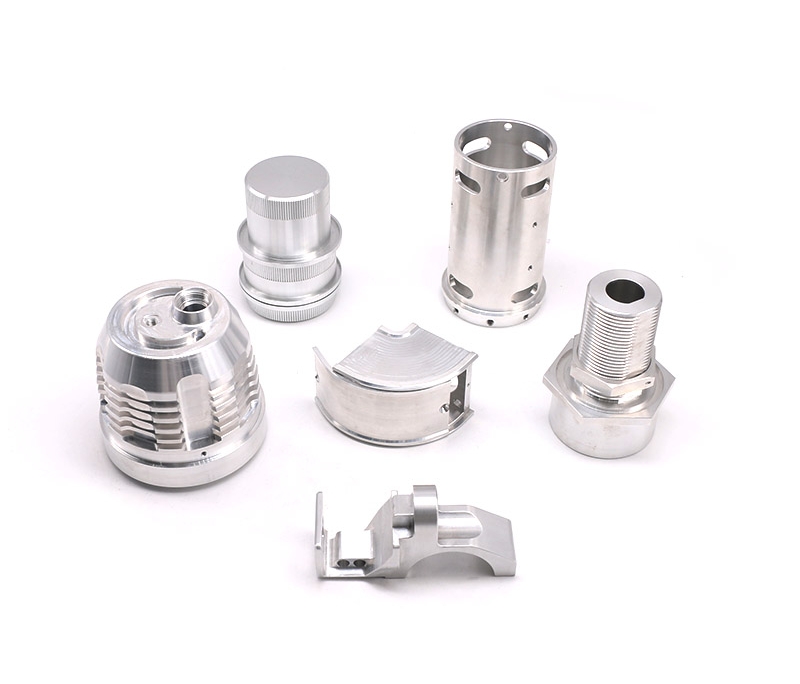
Copper: Renowned for its high electrical conductivity, copper is indispensable in electrical wiring, enabling efficient energy transmission with minimal loss. Its resistance to corrosion and ability to withstand high temperatures make it suitable for use in plumbing systems, where it ensures the safe and reliable flow of water.
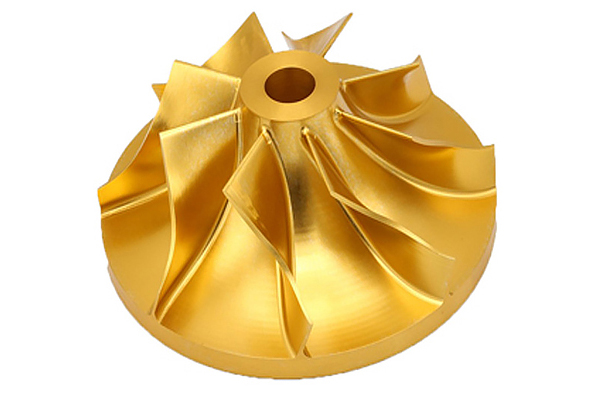
Zinc: Often used in the galvanizing process, zinc provides a protective coating on steel, thereby significantly extending the service life of steel structures by shielding them from the harmful effects of corrosion. Galvanized steel is commonly found in construction, automotive, and marine applications.
Lead: Known for its high density and effective shielding properties, lead plays a crucial role in the production of batteries, where it enhances the energy storage capacity and extends battery life. Its ability to absorb and block radiation makes lead an essential component in radiation shielding materials used in medical imaging and nuclear facilities.
Gold and Silver: As precious metals, gold and silver are valued not only for their aesthetic appeal but also for their unique physical and chemical properties. Gold is widely used in jewelry due to its resistance to tarnishing and malleability, while silver’s excellent electrical conductivity makes it a key component in electronics. Both metals are also used in the minting of currencies and as investments due to their scarcity and perceived store of value.
10 Uses of Non-Ferrous Metals
-
Aircraft Components: Non-ferrous metals, particularly aluminum, are extensively used in aircraft components due to their lightweight strength, which helps to reduce fuel consumption and increase overall efficiency.
-
Electrical Wiring: Copper, renowned for its exceptional electrical conductivity, is the primary material used in electrical wiring, ensuring efficient and reliable energy transmission.
-
Plumbing Materials: Both copper and brass are commonly used in plumbing systems because of their durability, corrosion resistance, and ability to withstand high temperatures and pressures.
-
Radiation Shielding: Lead is employed in radiation shielding due to its high density and effective ability to absorb and block harmful radiation, making it essential in medical imaging and nuclear facilities.
-
Jewelry: Gold and silver are highly valued in jewelry making for their aesthetic appeal, resistance to tarnishing, and malleability, allowing for intricate designs and lasting beauty.
-
Coins and Currency: Various non-ferrous alloys, including gold, silver, and nickel, are used in the minting of coins and the production of currency notes, serving as a store of value and a medium of exchange.
-
Construction Materials: Aluminum is widely used in construction, particularly in window frames and roofing, due to its lightweight, corrosion resistance, and durability.
-
Battery Manufacturing: Lead-acid batteries are a common type of battery that relies on lead and lead oxides for their energy storage capacity, making them essential in automotive, industrial, and backup power systems.
-
Electronics: Copper plays a crucial role in electronics, particularly in circuit boards, where its excellent electrical conductivity enables the efficient transmission of signals and power.
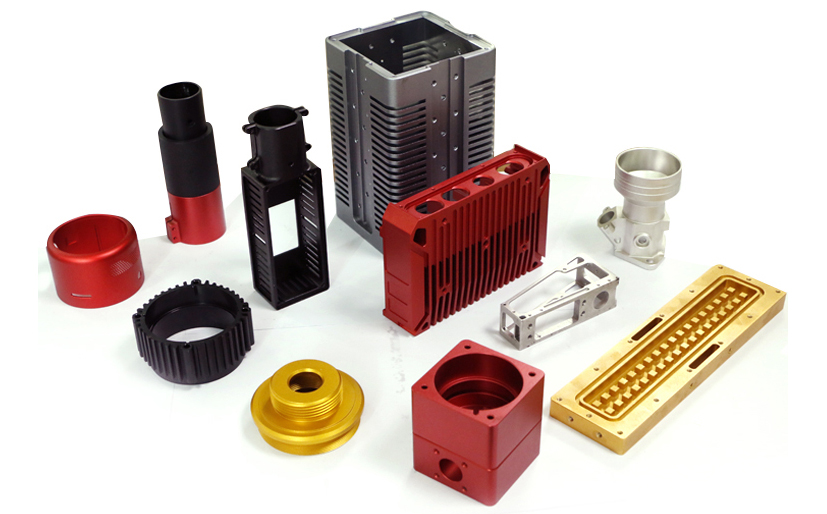
-
Automobile Parts: Lightweight non-ferrous metals such as aluminum and magnesium are increasingly used in automobile parts to reduce vehicle weight, improve fuel efficiency, and enhance overall performance.
Non-Ferrous for Machining or Casting
Non-ferrous metals are widely used in machining and casting due to their superior properties, such as machinability, corrosion resistance, and lightweight characteristics. Aluminum and copper alloys, for example, are popular for CNC machining in industries requiring precision, such as aerospace and automotive sectors. Non-ferrous metals also have a lower melting point, making them easier to cast into complex shapes with high accuracy.
Advantages of Non-Ferrous Metals
Non-ferrous metals, which are metals excluding iron, manganese, and chromium, offer a range of advantages that make them indispensable in various industries and applications. Here are some key advantages of non-ferrous metals:
Lightweight and High Strength: Many non-ferrous metals, such as aluminum and magnesium, are lightweight yet possess high strength-to-weight ratios. This makes them ideal for applications where weight reduction is crucial, such as in aircraft and automobile components, as it helps to improve fuel efficiency and overall performance.
Excellent Conductivity: Non-ferrous metals like copper and silver exhibit excellent electrical and thermal conductivity. Copper, for instance, is widely used in electrical wiring and circuit boards due to its ability to efficiently transmit electrical signals. Silver, while more expensive, is used in high-end electronics and jewelry for its superior conductivity and tarnish resistance.
Corrosion Resistance: Many non-ferrous metals are highly resistant to corrosion, making them suitable for use in harsh environments. For example, zinc is known for its high corrosion resistance and is often used in galvanized coatings to protect steel from rust. Aluminum and stainless steel are also corrosion-resistant and are commonly used in outdoor applications such as building facades and plumbing systems.
Malleability and Ductility: Non-ferrous metals are generally malleable and ductile, meaning they can be easily shaped and drawn into wires or flattened into sheets without breaking. This makes them ideal for manufacturing processes such as rolling, extruding, and forging.
Non-Magnetic: Unlike ferrous metals, non-ferrous metals are generally non-magnetic. This makes them suitable for use in applications where magnetism could interfere with performance, such as in electronic devices and medical imaging equipment.
Recyclability: Non-ferrous metals are 100% recyclable and can be reused multiple times without significant loss of quality. This makes them an environmentally friendly choice as they reduce waste and conserve natural resources.
High Melting Points: Many non-ferrous metals, such as tungsten and molybdenum, have high melting points and are resistant to high temperatures. This makes them suitable for use in high-temperature applications such as furnace linings and welding electrodes.
Disadvantages of Non-Ferrous Metals
Despite their numerous advantages, non-ferrous metals also have some disadvantages that need to be considered in specific applications.
Cost: Many non-ferrous metals, such as precious metals like gold and silver, are relatively expensive due to their scarcity and high demand. This can limit their use in cost-sensitive applications.
Low tensile strength: While many non-ferrous metals have excellent mechanical properties, some may lack the strength and hardness required for certain applications. For example, aluminum has a lower tensile strength than steel, making it less suitable for structural applications where high strength is required.
Density Variations: The density of non-ferrous metals can vary widely, which can affect their suitability for certain applications. For instance, high-density metals like lead can be difficult to handle and transport, while low-density metals like aluminum may require additional reinforcement in structural applications.
Reactive with Certain Substances: Some non-ferrous metals can react with certain substances, leading to corrosion or other forms of degradation. For example, titanium can react with oxygen at high temperatures to form a brittle oxide layer, which can affect its mechanical properties.
Environmental Impact: The mining, processing, and recycling of non-ferrous metals can have significant environmental impacts, including habitat destruction, water pollution, and greenhouse gas emissions. These impacts need to be carefully managed to minimize their negative effects on the environment.
Differences Between Ferrous and Non-Ferrous Metals
The primary difference between ferrous and non-ferrous metals is the presence of iron. Ferrous metals, like steel and cast iron, contain iron, making them magnetic and more susceptible to rust. Non-ferrous metals, on the other hand, are non-magnetic and resistant to corrosion. This fundamental difference determines the applications for each type of metal, with ferrous metals being used for structural purposes and non-ferrous metals being preferred in environments requiring corrosion resistance, electrical conductivity, or reduced weight.
In Conclusion
Non-ferrous metals provide solutions to corrosion, magnetic interference, and weight issues, making them invaluable in many industries from aerospace to electronics. Their versatility ensures their continued relevance in modern applications.
When you are looking for a trustworthy and professional company to assist you in manufacturing metal parts and prototypes, VMT is undoubtedly your first choice. With our rich experience and advanced CNC machining technology, we provide a full range of services including rapid prototyping, CNC precision machining, and general production. VMT’s advantages are:
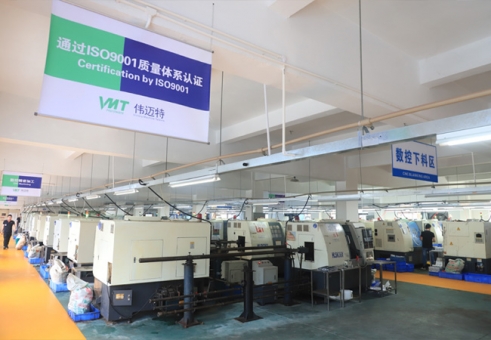
Superb craftsmanship and expertise: We have an experienced and skilled team who are familiar with the characteristics and processing methods of various metal materials to ensure that every product meets the highest standards.
One-stop service: From design, manufacturing to post-processing, VMT provides a one-stop solution to make your project more efficient and convenient.
Quality control: We pay attention to every detail and implement a strict 12-step quality control process to ensure that the product meets your needs and specifications.
Customer first: We always put the needs of our customers first and provide personalized customization services to meet your unique needs.
Choosing the best manufacturing service provider is crucial to the success of your project. If you are looking for a trustworthy, professional and reliable partner to help you achieve your goals, then VMT is undoubtedly your best choice! Just fill in the basic information and you can easily get our quotation. What are you waiting for? Contact VMT now!
Frequently Asked Questions About Non-Ferrous Metal
What is Non-Ferrous Metals Used For?
Non-ferrous metals are used in a wide range of applications due to their properties. For instance, aluminum is used in aircraft and automotive parts due to its lightweight and corrosion resistance. Copper is widely used in electrical wiring because of its excellent conductivity, while lead is important for radiation shielding and in battery production.
What is Non-Ferrous Metal in Welding?
In welding, non-ferrous metals like aluminum and copper require special welding techniques compared to ferrous metals like steel. Non-ferrous metals often have lower melting points and may conduct heat more efficiently, making them more challenging to weld without warping or cracking. Processes such as TIG (Tungsten Inert Gas) and MIG (Metal Inert Gas) welding are commonly used for non-ferrous metals to ensure clean, high-quality welds.
Is Stainless Steel a Non-Ferrous Metal?
No, stainless steel is a ferrous metal because it contains iron. However, it does have high corrosion resistance due to the addition of chromium, making it rust-resistant like many non-ferrous metals. Despite this, stainless steel is still considered ferrous because its primary composition includes iron, which gives it magnetic properties.
What Non-Ferrous Metal is Used For Radiation Shielding?
Lead is the most commonly used non-ferrous metal for radiation shielding. Its high density and ability to absorb radiation make it ideal for use in medical facilities, nuclear power plants, and industrial environments where radiation exposure is a concern. Lead shields equipment and personnel from harmful radiation, providing a critical safety function.



